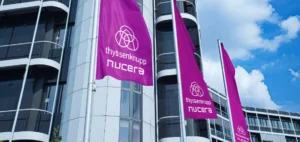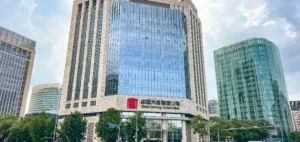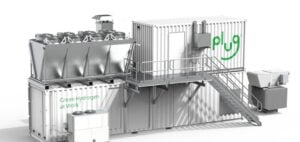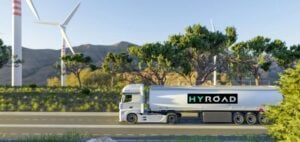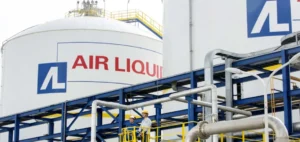The hydrogen sector in the United States is currently facing political uncertainty that could have considerable financial consequences. Stakeholders then discuss the eligibility of producers for clean energy incentives. Treasury Department is fast approaching the deadline for tax credit guidelines.
Uncertainty surrounding eligibility for incentives:
Hydrogen industry players in the United States are expressing concern about the lack of clarity regarding eligibility criteria for clean energy incentives. This uncertainty has a dissuasive effect on the investments needed to develop the sector.
“If the industry doesn’t believe it can rely on what the Treasury says when it comes to investment, then everyone is going to keep waiting,” Grumet said.
The carbon footprint issue:
A major debate centers on the measurement of the carbon footprint associated with hydrogen production, which conditions access to federal subsidies. Stakeholders are striving to define precise and transparent rules in this respect.
The Biden administration must “take a stand. There is a cost to inaction,” said Jason Grumet, CEO of the American Clean Power Association, at a panel on federal hydrogen policy on July 31. “But they have to lay a solid foundation that people can rely on. These are 30-year investments in energy infrastructure; we’re not just making applications here.”
Balancing flexibility and political certainty:
The clean hydrogen industry is seeking a delicate balance between flexibility and political certainty. On the one hand, investors and industry players want stable guidelines for planning their long-term investments. On the other hand, they recognize the importance of adapting to technological advances and market changes.
The reason we’re confident in the industry’s ability to meet these requirements lies in looking at some historical precedents,” said Wilkins. “The 1990 Clean Air Act Amendments are the classic example where many industries said the sky was going to fall and the costs would be too high. The rules were put in place and, miraculously, industry, innovation and competition won the day and it’s one of the most successful environmental programs we have.”
Proposals to encourage environmentally-friendly industry :
To encourage sustainable growth in the hydrogen industry, proposals are emerging, including the creation of a “safe harbor” system with strict criteria for tax credits. The aim is to ensure high environmental standards while encouraging innovation and the development of environmentally-friendly technologies.
“Is the Treasury going to go down this road and potentially bring down all the projects that depended on it? That’s not a good outcome,” he told the panel. One option is a “safe haven” system with strict eligibility criteria for the tax credit, which can be extended as new hydrogen production routes develop, said Iyer.














